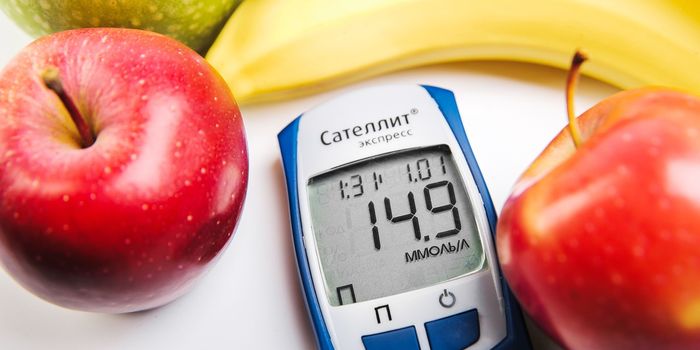Colorful Vegetables May Improve Vision in Athletes
New research published in Exercise and Sport Sciences Reviews has shown that eating colorful fruits and vegetables may help improve the visual range of athletes. While the paper focused on athletes, the results are likely to apply to all people.
The review article focused on plant compounds called macular pigments, which build up in the retina and improve vision and eye health. In particular, high intake of lutein and zeaxanthin seem to promote better distance vision and performance in athletes. These compounds collect in the retina as yellow pigments, and they essentially act as a filter that lowers levels of blue light entering the eye. The density of yellow pigments in the eye has been linked to eye health and functional vision tests in previous research. To maximize intake of lutein and zeaxanthin, focus on eating dark leafy greens and yellow or orange vegetables. Examples include kale, spinach, collard greens, corn, orange peppers, zucchini, squash, and egg yolks.
One of the authors noted that increasing the amount of lutein and zeaxanthin in the retina and brain has been linked to improved chromatic contrast, decreased glare, and improved visual-motor reaction time. Both nutrients have also been linked to improved memory and problem-solving ability. These changes are particularly important to athletes, who rely heavily on their vision and reaction time. However, improved vision and cognitive function are helpful for all people. Additionally, improvements in these areas may improve athletic ability for non-athletes, which may encourage them to participate in physical activity. Physical activity has been well-studied as one of the keys to heart health and longevity, and it has also been linked to better mental health, lower risk of some cancers, and increased overall wellbeing.








